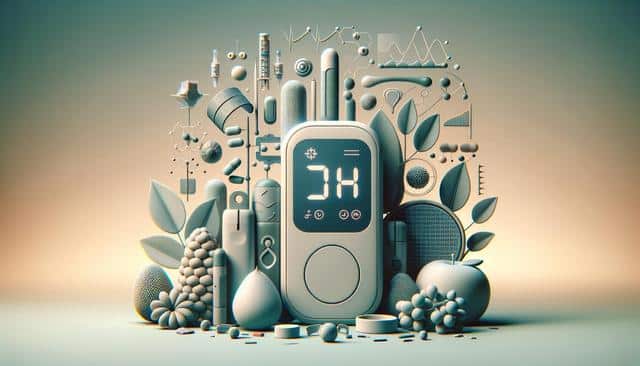Understanding Needle-Free Diabetes Monitoring
For individuals living with diabetes, regular monitoring of blood glucose levels is a critical component of disease management. Traditional methods often involve finger pricks, which can be uncomfortable and inconvenient. However, the emergence of needle-free diabetes monitoring offers a promising alternative. These innovative systems use advanced technology to measure glucose levels through the skin or other non-invasive methods. By eliminating the need for needles, these systems provide a more comfortable experience, making it easier for individuals to stay on top of their health.
How Needle-Free Systems Work
The technology behind needle-free diabetes monitoring is as fascinating as it is groundbreaking. These systems typically use sensors that can read glucose levels through the skin or other bodily fluids. Some devices rely on electromagnetic waves, while others utilize optical sensors to measure glucose concentrations. These sensors can often be worn comfortably on the body, transmitting data wirelessly to a smartphone or a dedicated device. This seamless integration allows for continuous monitoring, offering real-time insights into glucose levels without the need for constant finger pricks.
Benefits of Needle-Free Monitoring
There are numerous advantages to adopting needle-free monitoring systems for diabetes management. Key benefits include:
- Increased Comfort: The absence of needles reduces discomfort, encouraging more frequent monitoring.
- Convenience: Continuous data tracking means fewer interruptions to daily activities.
- Enhanced Data: Real-time data can lead to better understanding and management of glucose levels.
- Improved Compliance: A more user-friendly approach often results in better adherence to monitoring regimens.
These benefits contribute to improved quality of life for individuals managing diabetes, reducing the challenges associated with traditional monitoring methods.
Challenges and Considerations
Despite their advantages, needle-free monitoring systems come with their own set of challenges. One concern is the accuracy of readings compared to traditional methods. Manufacturers are continually working to enhance the precision of these systems, ensuring they provide reliable data. Additionally, the cost of needle-free devices can be higher than conventional methods, which may be a barrier for some users. It’s essential to weigh the convenience and comfort against these considerations when choosing a monitoring method.
The Future of Diabetes Monitoring
The future of diabetes management looks promising with ongoing advancements in needle-free monitoring technologies. As research progresses, we can expect to see even more refined systems with improved accuracy and affordability. This evolution holds great potential for transforming diabetes care, making management more accessible and less invasive. As these technologies become more widespread, they are likely to become integral components of diabetes treatment plans, further enhancing the quality of care available to patients.
Conclusion
Needle-free diabetes monitoring systems represent a significant step forward in the management of diabetes. By combining comfort, convenience, and cutting-edge technology, these systems offer a revolutionary way to track glucose levels. While challenges remain, the potential benefits make them an exciting development in healthcare. For individuals seeking a less invasive way to manage diabetes, these innovative solutions provide a glimpse into a future where managing the condition is simpler and more effective than ever before.
